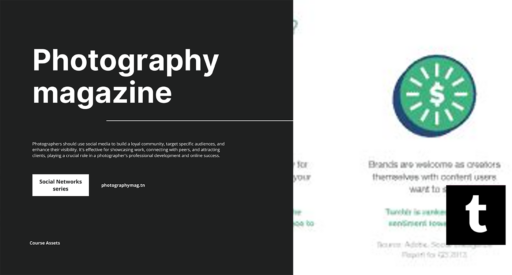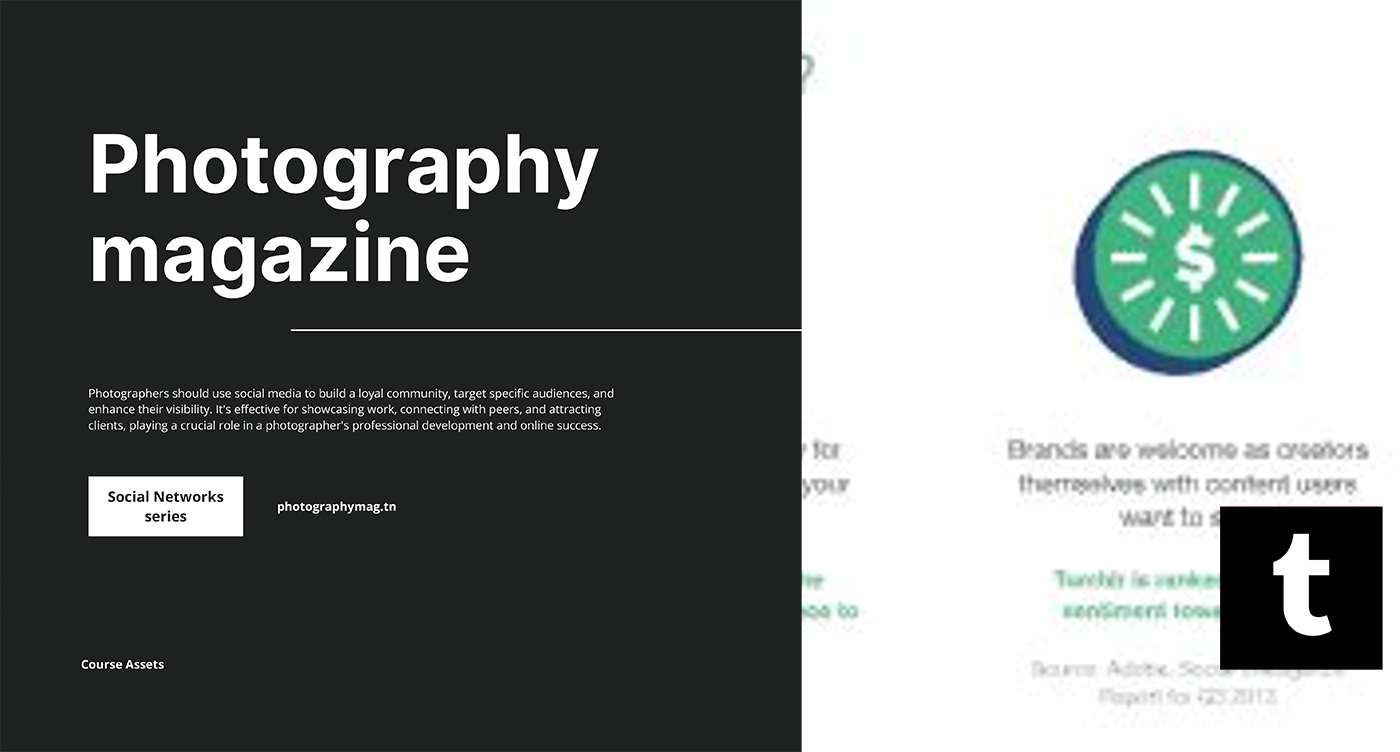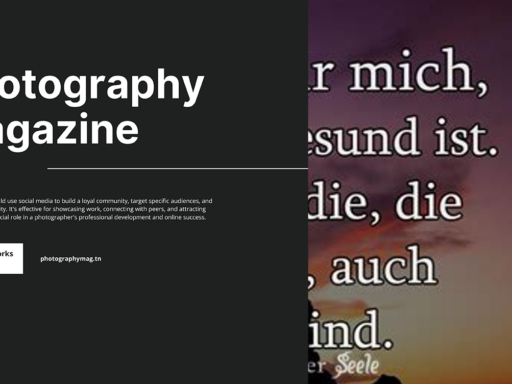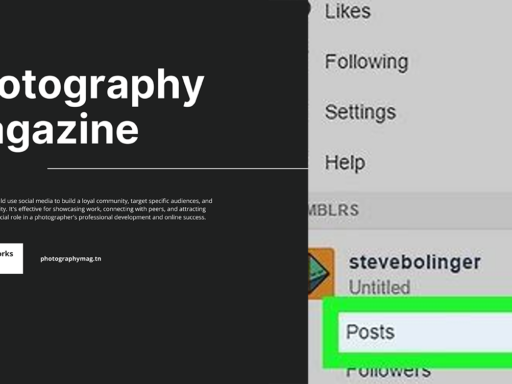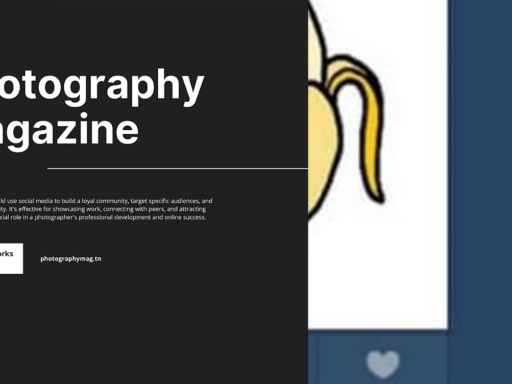Does Tumblr Make Money? Let’s Dish the Details!
Ah, Tumblr! The place where your weirdest passions can find a cozy little corner, a tapestry of fandoms, memes, and aesthetically pleasing photos with a sprinkle of existential crisis. But let’s not beat around the bush—everyone’s wondering does Tumblr actually make money? Spoiler alert: it does! Grab your favorite snack, because we’re diving deep into the cash flow of this quirky platform.
The Revenues Flowing Through the Tumbl-verse
Tumblr is no mere digital scrapbooking platform; it’s a fascinating business model wrapped in irony, featuring a sprinkle of chaos and an endless scroll. The revenue streams of Tumblr can be divided into three key components: advertisements, sponsored posts, and premium themes.
1. Advertisements: The Invasive Species
Smart maneuvers from the brains at Tumblr lead them to place advertisements right in the heart of the user experience—talk about a bold move! When you log in, you might notice those little ads popping up on your dashboard. These ads showcase everything from the latest tech gadgets to your new favorite Netflix series. It’s like they have a sixth sense for what you might want to splurge on—or maybe, they just read your browsing history.
Tumblr partners with advertisers and utilizes a system called “Ad Exchange.” This system allows ads to reach users through real-time bidding. To keep it simple, advertisers bid to showcase their products directly to you when you’re scrolling through reblogs of cat memes or heartfelt poetry. The more appealing the ad, the more clicks it gets—leading to more coin for Tumblr.
But watch out! Some users might grumble about these ads ruining their aesthetic. “Why do I want to see ads for a hot sauce brand while scrolling through photos of my favorite band?” they might exclaim. Alas, in the digital world, no free lunch exists. Ads help keep the platform running smoothly and provide the funds to keep it alive—like a perpetual motion machine fueled by your love of unabashed selfies and gifs.
2. Sponsored Posts: When Brands Get All Up in Your Feeds
Enter the world of sponsored posts—where brands learn that they can seamlessly integrate their content into your feed. Think of it as that friendly stranger who waltzes into your living room with snacks and starts chatting about the latest “in” things. We’re looking at you, lush body butter companies and indie coffee brands!
Here’s how it works: Brands pay for placement, allowing their content to materialize alongside your favorite user-generated posts. It’s like inviting your favorite celebrity to an intimate gathering, only to realize they’ve brought endless amounts of promotional material with them. It can feel a bit invasive, but hey, it’s all in the name of commerce!
If you think about it, it’s a win-win scenario. Tumblr gets a chunk of change from these brands, and users—if they ever felt like taking a break from their small-town drama—might stumble on a decent product that they didn’t even know they needed. Talk about killing two birds with one stone! However, it’s worth noting that users can express their displeasure when the promos go overboard. Nothing brings out the sarcasm faster than a viral tweet about too many sponsored posts, am I right?
3. Premium Themes: Because Everyone Deserves a Fancy Blog
If you’ve spent any time on Tumblr, you’ll notice that the aesthetics matter—Oh boy, do they matter! Your blog is essentially your digital haven where you can share everything from political rants to your collection of beautifully curated cat photos. And for many, a basic template won’t do.
This brings us to premium themes, the secret weapon in Tumblr’s revenue-raising arsenal. Themes are beautifully crafted designs that users can purchase to give their blog the aesthetically pleasing flair it deserves. Think of these themes as the “designer handbags” of the blog world—everyone wants one, but it costs a pretty penny.
Creators (often daring users with an eye for digital design) sell custom blog designs that delight and engage the needy aesthetic-loving souls. The revenue from these premium themes can vary widely; some users may cough up a few bucks for a basic look, while others may splurge on fancy features and exclusive designs.
But wait, it’s not just the creators that benefit! Tumblr takes a cut from each sale, providing them with another source of income. It’s the classic “everyone wins” scenario—unless you consider the bank account of a broke college student: in that case, we’d call it a “lose-lose” situation.
The Bottom Line: How All This Adds Up
So, what does all of this mean for Tumblr’s financial state? Well, despite being one of the underdogs in the social media saga, Tumblr has worked hard to carve out its niche and generate revenue streams. It has evolved from a humble blogging platform to a multifaceted business machine. Who would’ve thought, right?
Here’s a quick recap of how Tumblr makes its money:
- Advertisements: Targeted ads take center stage on user dashboards.
- Sponsored Posts: Brands pay for their content to blend in with your feed.
- Premium Themes: Creators offer fancy themes for those who want to stand out.
And while Tumblr offers creative outlets to millions of users, sustaining a platform requires funding and business strategies—no matter how whimsical the content found within its gifs and posts may be.
Can Tumblr Sustain Itself Long-Term?
Ah, the million-dollar question! Tumblr has managed to adapt and keeps its quirky charm; however, like all things, it must evolve to survive. With increased competition (hello, TikTok and Instagram), Tumblr’s retention and monetization strategies need to stay sharp—like a cat on the prowl. Maintaining a robust user base translates to attracting more advertisers and creating better long-term relationships with brands.
Tumblr must also lean into its strengths: providing a unique melting pot for creativity and fandom. By fostering an inclusive community bustling with artistic expression and discourse, it can continue to thrive—not just accumulate a mountain of cash.
Moreover, exploring new features could stir the pot! For instance, decentralized blockchain ownership, subscription models, or even content monetization for users could spice things up while diversifying income streams. Who knows? Maybe one day, they’ll actualize the dreams of using cryptocurrency to buy exclusive content. Just imagine sending a tip to your favorite artist using digital coins.
@ Tumblrs of the Future
In conclusion, Tumblr cleverly combines advertisement-based revenue, sponsored content, and premium purchases to keep the lights on and the servers running. It’s an odd mix of high art and lowbrow memes, much like a hipster café that serves kale smoothies alongside artisanal donuts. As long as Tumblr continues to embrace its weirdness and the chaos of creativity, it might just stick around for years to come.
So next time you’re scrolling through Tumblr, remember—behind the aesthetic, the hashtags, and the memes, there’s a buzzing financial ecosystem trying its best to maintain the delightful insanity we’ve all come to love. Happy blogging!
